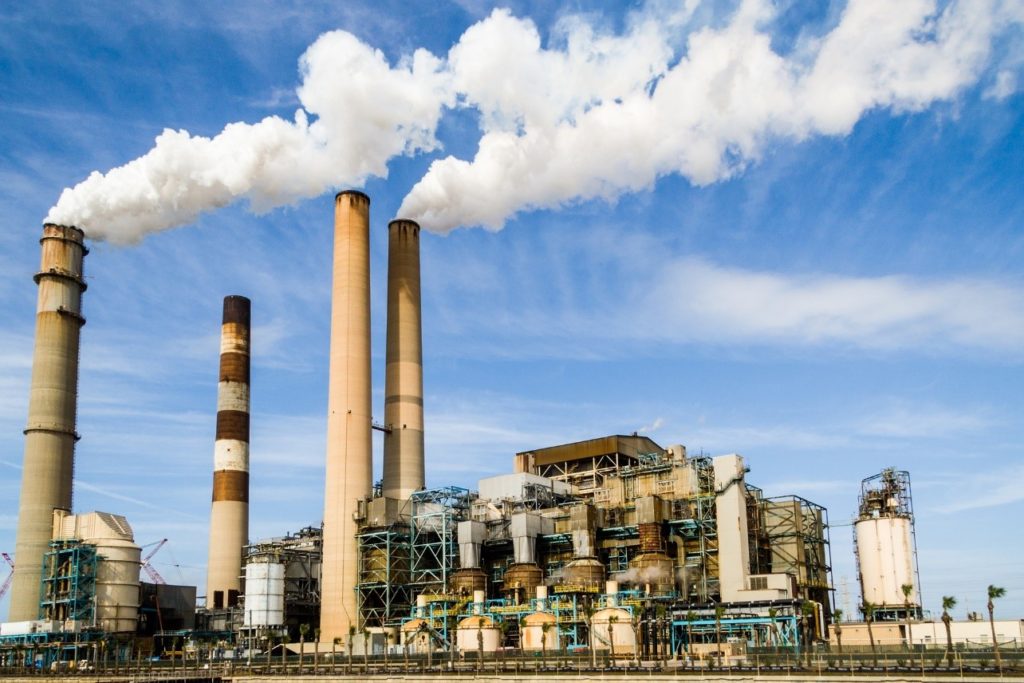Understanding Process Safety Management (PSM) Standards


Process safety is especially important for the oil and gas industry and aids in the prevention of incidents.
Process safety regulations are a vital part of maintaining the safety of workers, the public, and the environment. Development and implementation of robust Process Safety Management (PSM) systems is a primary focus for leading companies in the petrochemical oil and gas industry. Regulations have been passed in the United States and in Europe, where companies handling/processing hazardous chemicals are required to implement PSM systems.
Major incidents in the oil and gas industries highlight the importance of having robust processes and systems in place. Process safety is especially important for the oil and gas industry and aids in the prevention of incidents. When incidents do occur, they result in the release of hazardous materials and have huge environmental aspects. Other risks include plant and refinery explosions, fires, oilfield accidents and exposure to toxic or chemical exposure.
As the potential for disaster is ever present, employers in industries that use them are required to ensure that dangerous materials are properly controlled. Besides identifying that leadership is the key to successful PSM implementation, the Occupational Safety & Health Administration (OSHA) establishes federal standards to ensure that certain hazardous materials are transported, handled, and used safely.
Understanding PSM
The standard for PSM mainly applies to manufacturing industries – particularly, those pertaining to chemicals, transportation equipment, and fabricated metal products. Other affected sectors include natural gas liquids; farm product warehousing; electric, gas, and sanitary services; and wholesale trade. It also applies to pyrotechnics and explosives manufacturers covered under other OSHA rules and has special provisions for contractors working in covered facilities.
In each industry, PSM applies to those companies that deal with any of more than 130 specific toxic and reactive chemicals in listed quantities; it also includes flammable liquids and gases in quantities of 10,000 pounds (4,535.9 Kg) or more.
Subject to the rules and procedures set forth in OSHA’s Hazard Communication Standard [29 Code of Federal Regulations (CFR) 1926.59(i)(1) through 1926.59(i)(12)], employees and their designated representatives must be given access to trade secret information contained within the process hazard analysis and other documents required to be developed by the PSM standard.
PSM Standards for Accident Prevention
Regardless of the industry, PSM standards are crucial to ensuring that workers are provided a safe work environment. Some crucial points of PSM include:
- Standards for equipment operation and maintenance requirements, including appropriate action for signs of leaks, corrosion, and other unsafe conditions.
- Standards for following correct operating, safety, and emergency procedures.
- Regulations for mixing, separating, and storing hazardous process materials.
- Employees should be informed and educated about which chemicals are reactive and which chemicals present toxic, fire, or explosive hazards.
- Employers and workers should have an emergency plan for any adverse incident or unusual process condition.
Useful Links
· OSHA Process Safety Management Standards
· OSHA Hazard Recognition
· OSHA Evaluation and Control
Excellence in Plants Process Safety & Risk Management is a 3-day training course held on 27-29 June 2019 (Kuala Lumpur) and 1-3 July 2019 (Kuala Lumpur). Designed to provide an insight into the major drivers into fire and explosion hazard risk, and the various methods of preventing and mitigating such risk. The course will discuss quantitative consequence analysis, such as vapor dispersion modeling, vapor cloud explosion modeling, fire modeling, and presents the details necessary to perform such analyses. In addition, it will focus on the fire and gas detection systems for offshore and onshore process areas, and how such systems can be used to lower the overall explosion risk to facilities. For more details, chat with us or contact us here.
